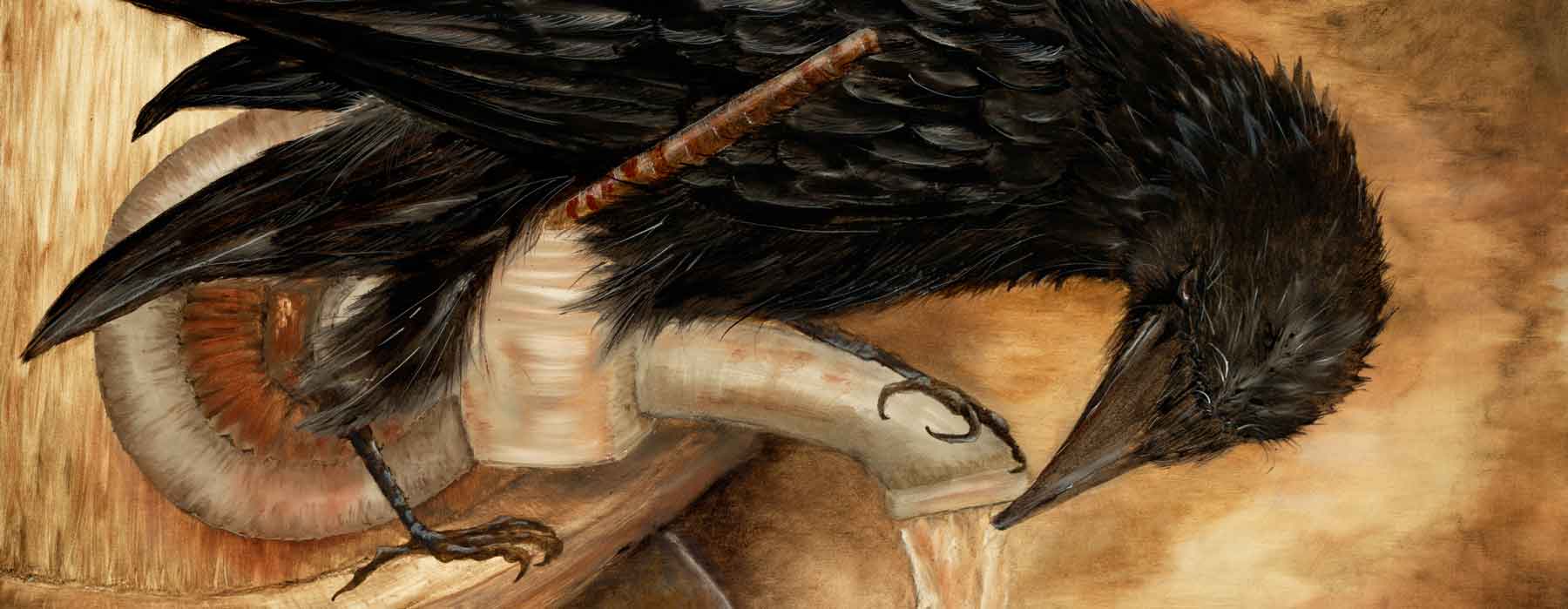Is herbalism exclusively for animals and people? Why not herbalism for plants?
I’ve never heard of anyone else using herbs to treat plants. There’s lots of information about how to use plants to treat people (and animals), but not for using plants to treat plants. And why not? Certain plants have affinity for certain other plants, especially for certain trees. Certain fungi grow around only very specific trees. It isn’t a huge leap of the imagination to think that these plants benefit each other in some ways, even fostering good health when one or the other is stressed.
I’d just spent all day pruning and cleaning up an apple tree that had been neglected for about five years. All looked very nice when done. Except one thing. There were signs of borers at the base of the trunk. So many of them that the outlook for this tree’s survival is likely slim. You can click on the photos to enlarge them.

Comfrey grows well beneath fruit trees. As the plants die back each winter, the broad leaves add nutrients and humus to the soil. The roots of Comfrey have impressive healing powers, affecting regrowth of skin and tissue and mending of bones.
As I tried to decide what to do about the damage the tree had suffered, I thought of comfrey’s medicinal virtues. Fresh root is best, but I don’t have any growing yet so I resorted to dried. I put some in the blender, along with some water and a shot glass full of “Super Tonic” for good measure. Super Tonic is a Dr. Christopher formula great for all sorts of things that might ail a person, but the taste is equally potent. I, personally, can’t take it without wanting to throw up. But my eldest swears by it and doesn’t find the flavor so disagreeable. My herbalist friend Dena gave me a bottle of it years ago and we do pull it out from time to time when the really tough bug strikes at home. You can find the recipe on this page of forum discussions about it.

Before applying the plaster, I scraped away all of the spongy dead wood and scraped out the holes that were soft enough. The damage is so extensive, I’ll be truly impressed if this saves the tree.

Then came the plaster. I used an old basting brush to apply it. If you’ve ever used comfrey to make a sort of cast around a broken pinky toe, you’ll know it smarts. The Super Tonic would bring that sting to a whole ‘nother level. I hope the tree knows it was for its own good…

It’s not supposed to rain for at least a few days, so hopefully this will have time to dry and harden into a sort of “skin” for it. Now we wait and see what happens. The rest of the tree looks great, so I hope this works.
Have you ever used herbalism for a tree? If so, please leave me a comment about the experience.
